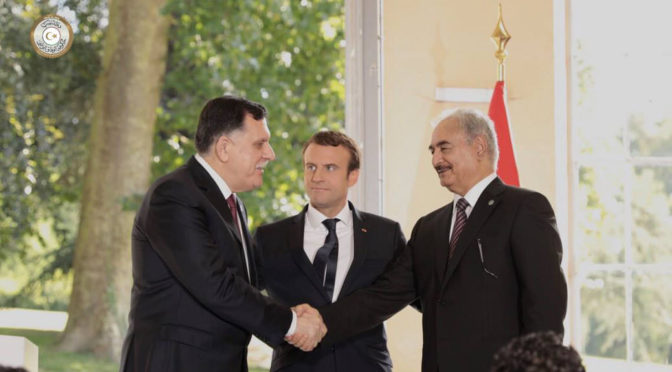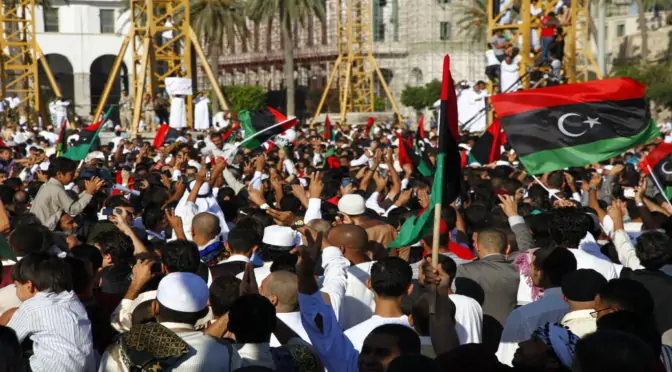Image: United Nations Photo, [CC BY-NC-ND 2.0], via FlickrWe shall now discuss the organization, indicators, and likelihood of the various partition scenarios, after having detailed the indicators and determined the likelihood for intervention in the last article.Note: In the following article, we shall use the acronym COR for the Council of Representatives (nationalists), GNC for the General National Congress (Islamists), and GNA for the UN-backed Government of National Accord (unity government).Organizing the Scenarios and IndicatorsConsidering that external actors are already intervening in Libya, as we saw previously, as well as the fact that surrounding countries are experiencing migrant, smuggling, and jihadist spillover from Libya’s civil war, we organized the parent scenarios to account for these certainties. The next branch of …
Continue reading “Evaluating Likelihoods for Libya – Scenario 2 Partition”
The remaining part of this article is for our members and those who purchased special access plans. Make sure you get real analysis and not opinion, or, worse, fake news. Log in and access this article.










